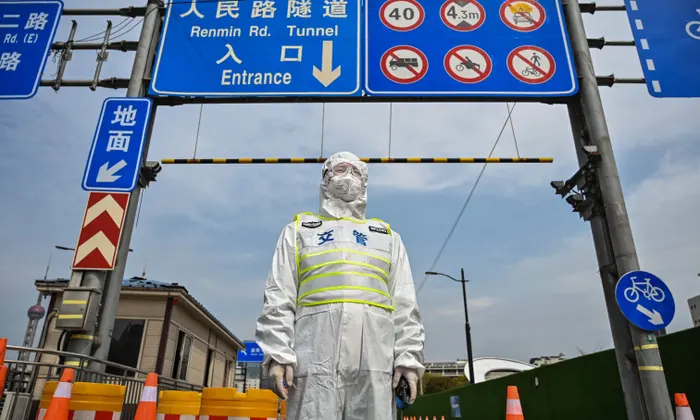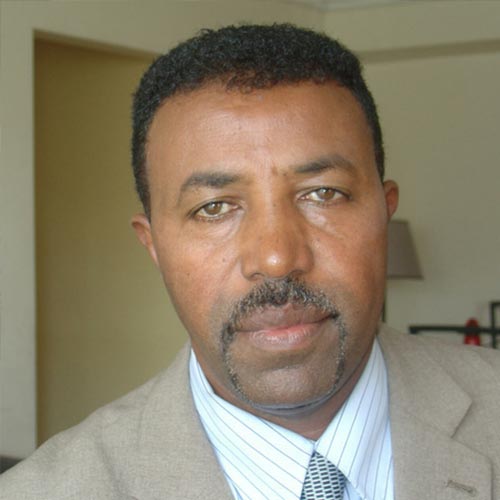China claims COVID is proof authoritarianism works. The truth is more complicated.

As the United States tops one million COVID deaths, propagandists in China must be wondering: What could make our jobs easier?
Ever since 2020 when China seemingly got a hold on COVID cases and American deaths skyrocketed, the Chinese Communist Party has used the disparity in deaths as evidence of the superiority of the Chinese system.
Americans wouldn’t wear masks and protested against lockdowns, while the Chinese sacrificed for the common good. The American government wavered between policies, while the Chinese government stuck to a clear plan. The Chinese success story became proof that democracy is outdated and Chinese-style authoritarianism is the only system that can really look after the public’s interest. After all, one million deaths is a lot greater than the 5,000 China has officially suffered.
But reality isn’t so simple. The American response to the virus cannot be categorized as anything but a catastrophe, while the Chinese failure is hidden by a veneer of success. China’s triumph over COVID is the story of how a totalitarian regime inflicted untold damage on the world and, through the brutal repression of society, rebranded it as a victory.
Keeping COVID Secret
As the new virus spread in December of 2019, doctors in Wuhan were among the first to realize the severity of the situation unfolding in front of them. Hospital beds were filling up, and the virus wasn’t acting like diseases they were more used to. One doctor in Wuhan, Ai Fen, determined that the new virus was likely spreading through human-to-human contact and notified senior hospital officials. The hospital responded by publicly ridiculing her for “spreading rumors and causing trouble.” Another doctor, Li Wenliang, shared a report he received on the new outbreak with former classmates, leading the government to label him a whistleblower and the police to arrest him. Li died from the virus on February 7, 2020 at just 33 years old.
Citizen journalists joined the fight to provide the public with accurate information, and the government punished them severely. One such journalist, Zhang Zhan, was sentenced to four years for “picking quarrels and provoking trouble.” Another citizen journalist reporting on COVID, Chen Qiushi, went missing in February of 2020, only to resurface more than 600 days later. According to the New York Times, thousands of pandemic-related words were censored from the Chinese social app WeChat as the Wuhan crisis unfolded. Foreign journalists were kicked out of China and the WHO was kept at arm’s reach until the Chinese government determined it had gained control over the virus.
Meanwhile, official Chinese policy made it difficult for the rest of the world to prepare. The government mandated that no laboratories share research into the virus. We only gained access to the mapped genome of the virus when a doctor in Shanghai, Zhang Yongzhen, violated these regulations to publish it to a public database in early January 2020. With that vital information, Moderna developed its first vaccine just days later.
As the virus spread, the Chinese government kept publicly-available case counts artificially low. In an interview with CNN, William Schaffner, professor of infectious diseases at Vanderbilt University, said that Chinese policies “seemed actually to minimize the impact of the epidemic at any moment in time.” Annie Sparrow, a professor at the Icahn School of Medicine at Mount Sinai, wrote that “these falsehoods influenced the WHO’s decision not to immediately declare a Public Health Emergency of International Concern.”
The human cost of these decisions is impossible to quantify. Even when the Chinese government began to enact serious virus mitigation measures, it publicly underplayed the severity of the crisis— the CCP had a different story to tell.
The Propaganda Machine
By February, COVID was spreading around the world as China began to gain control of it domestically. Then in March, the world slipped into panic.
Already, China was writing its history of the early days of COVID. The country was blindsided with the first major outbreak around the world, but nevertheless tamed it. The rest of the world was given precious time the Chinese lacked, but nevertheless failed. For the Chinese system of government, nothing could be better proof of its success. David Bandurski, co-director of the China Media Project, told the New York Times that “China’s response was portrayed as a huge victory for the Chinese Communist Party.”
But despite the CCP’s best efforts, questions about China’s handling of the early days of the pandemic persisted. An early inquiry by the WHO declaring that the virus jumped from an animal in a Wuhan wet market was later revealed to be heavily influenced by the Chinese government, and even the WHO Director General Tedros Adhanom Ghebreyesus questioned its legitimacy. Then in January 2021, the Chinese government blocked another WHO mission into the country. Theories about a lab accident origin of the virus (which have now fallen out of favor) were gaining global interest.
The Chinese government vehemently rejected any claim that a research lab could be involved in the outbreak, calling it a conspiracy against them. They said COVID actually came “into China through imported frozen food products and their packaging,” or that it was “caused by separate outbreaks in multiple places in the world” before arriving in China.
Then, the Chinese government flipped the accusation of a lab leak on its head. According to the new party line, COVID did, in fact, come from a lab: Fort Detrick in Maryland. The Spokesperson of the Chinese Embassy in the US penned a letter stating that “As victims of the pandemic, the Chinese people have ample reason to ask: If the US side insists on the lab leak theory, shouldn’t the US open up Fort Detrick?” Chinese state media started promoting the theory within China, and aired an hour-long special on the subject. It didn’t matter that these stories were contradictory. Disinformation does not have to stick to a single narrative; it can simply make the truth unknowable.
The Chinese Communist Party recognized it must not be held accountable for the origin of the virus, whether by its own citizens or the international community. The government managed to turn the most consequential cover-up in modern history into a success story, then leaned on conspiracy theories to explain away the gaps that censorship left in our knowledge of the pandemic’s origin.
The Hidden Reality
Even China’s low death count isn’t as straightforward as it appears.
This past week, the CCP announced that lockdowns in Shanghai are being phased out after tens of millions of people were kept in their homes for six weeks. During that time, industry crept to a halt, citizens struggled to get food, and drones flew overhead amplifying messages to stay home and “control your soul’s desire for freedom.”
Despite the Chinese government’s claims otherwise, zero-COVID isn’t a purely humanitarian policy—it’s a pragmatic one aimed at staving off the collapse of the Chinese healthcare system. As Michael Schuman explains in The Atlantic, “China has only one-sixth the intensive-care-unit capacity of the U.S. and less than one-fifth the number of nurses on a per-capita basis.” While the government touted its vaccination program as an early success and promised to share it with the world, Schuman writes that “China still has more than 50 million residents over 60 who are not fully vaccinated and are therefore especially vulnerable in an uncontrolled outbreak.” And even those that are vaccinated have a highly deficient product. China’s domestic vaccines are inadequate against Omicron, but the government has refused to reverse course and acquire Western-designed mRNA vaccines. The CCP believed that its only option was to lock up millions of people in their apartments.
While Chinese deaths have remained low, China’s democratic neighbors are living proof that it’s not authoritarianism that saved Chinese lives. In Taiwan, only 1,100 people have died out of a population of 23 million. In South Korea, 23,000 died and in Japan 30,000 died. Like China, these countries have a willingness to sacrifice for the community, an aversion to getting infected, and cultures of mask wearing that predate 2020. Unlike China, they respect the rights of their citizens.
South Korea didn’t outlaw sharing information on the virus with the world. Taiwan didn’t target citizens who tried to uncover the truth. Japan didn’t mislead the WHO and deliberately obstruct efforts to determine the origin of the virus. It’s not China’s control of the virus that’s exceptional, it’s the government’s willingness to put its own public image ahead of public health.
The failures of the United States to mitigate suffering and death from COVID are numerous, but China’s experience with COVID is no model. The popular story of China’s triumph over the virus is a propaganda tool, aimed at rewriting the Chinese government’s role in hindering global preparedness and justifying state oppression. As Shanghai exits its latest severe lockdown, neither should be forgotten.
The Democracy Brief will be taking a break for the next two weeks. We hope you enjoy Memorial Day.



